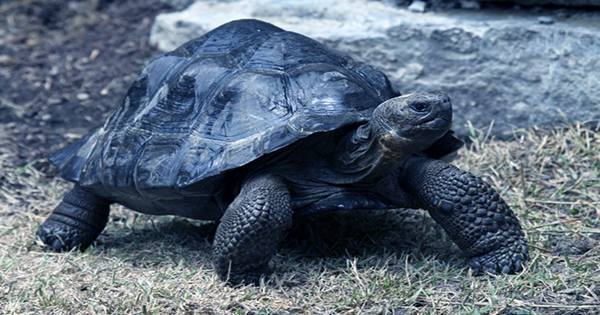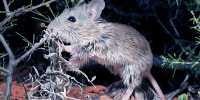The Auckland Zoo in New Zealand has published particularly incomplete news just in time for Easter, where guards are displaying four small Galapagos turtles scattered around the zoo. These bitten babies (compared to their huge parents) were born to parents Chippie and Smiley at just seven weeks old, aged 50 and 49, respectively.
Newcomers to Auckland Zoo no doubt represent a record number of baby Galapagos turtles to survive and thrive from a single throw raised in the Australian Zoo population. Four babies weigh about 74-88 grams (2.6 to 3.1 ounces) on Instagram- feather light compared to adult weight. The inner workings of the tortoise shell for girls, thanks to their efficiency, weigh down a lot less than the huge shells on the soft tissues of animals.
Turtles and tortoise shells can look huge in size but because of their unique structure and because their lungs sit on top of the carapace (dome at the top), turtles and tortoises can float all over the water. “This is a huge milestone for us and a credit to our incredible ectotherm team for the expert care and animal husbandry they provide for this species,” Auckland Zoo wrote in an Instagram post. “Excitingly, this means breaking the record for the most hatching from a clutch in the population of this endangered reptile’s tiny Australian zoo.”
The Galapagos Islands were once home to 15 species of giant tortoises, but it was not until the late 1800s when whales and pirates brought with them invasive insects that pruned the turtles for food and ate their hatching. An estimated 6,700 giant tortoises now roam free in the Galapagos with the help of conservationists.
Raising tortoises captive Galapagos hopes to maintain the genetic diversity of the remaining species of tortoises, but raising them is not an easy task. “These are the famous turtles to beat,” said Auckland Zoo’s Ectotherm team leader. “Success will only come when these hatches reach full age at 20-40 – it’s a long game!”














